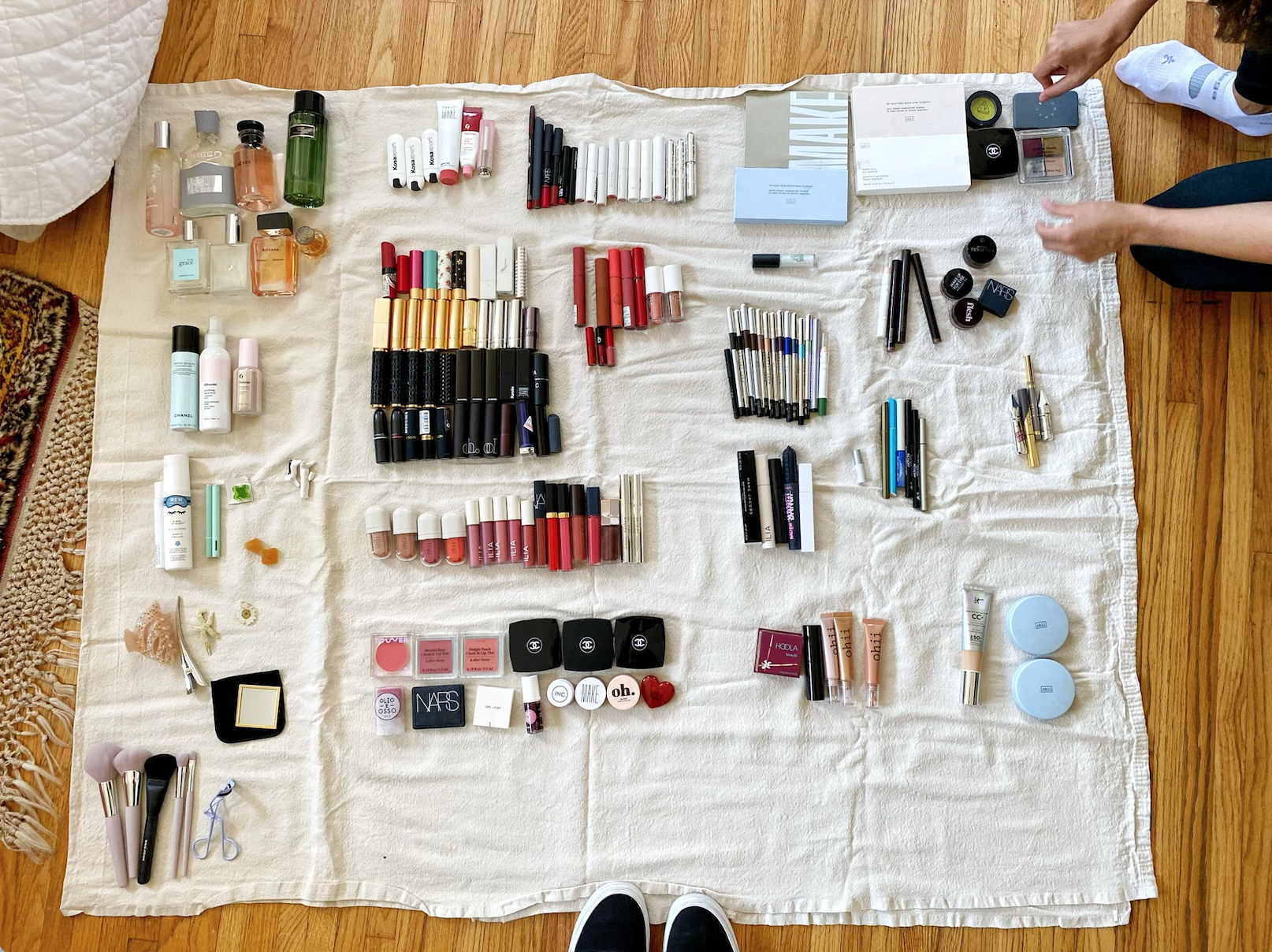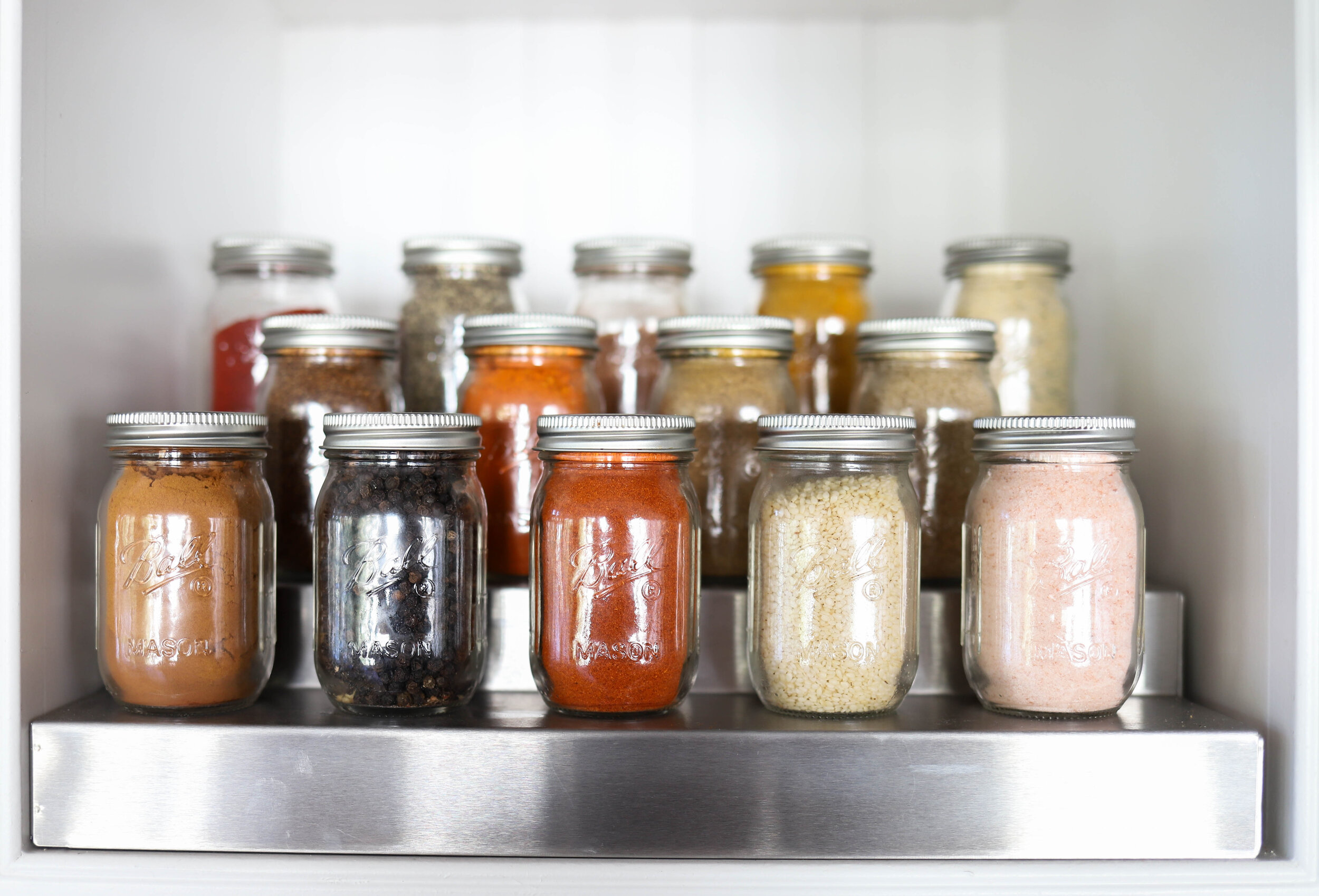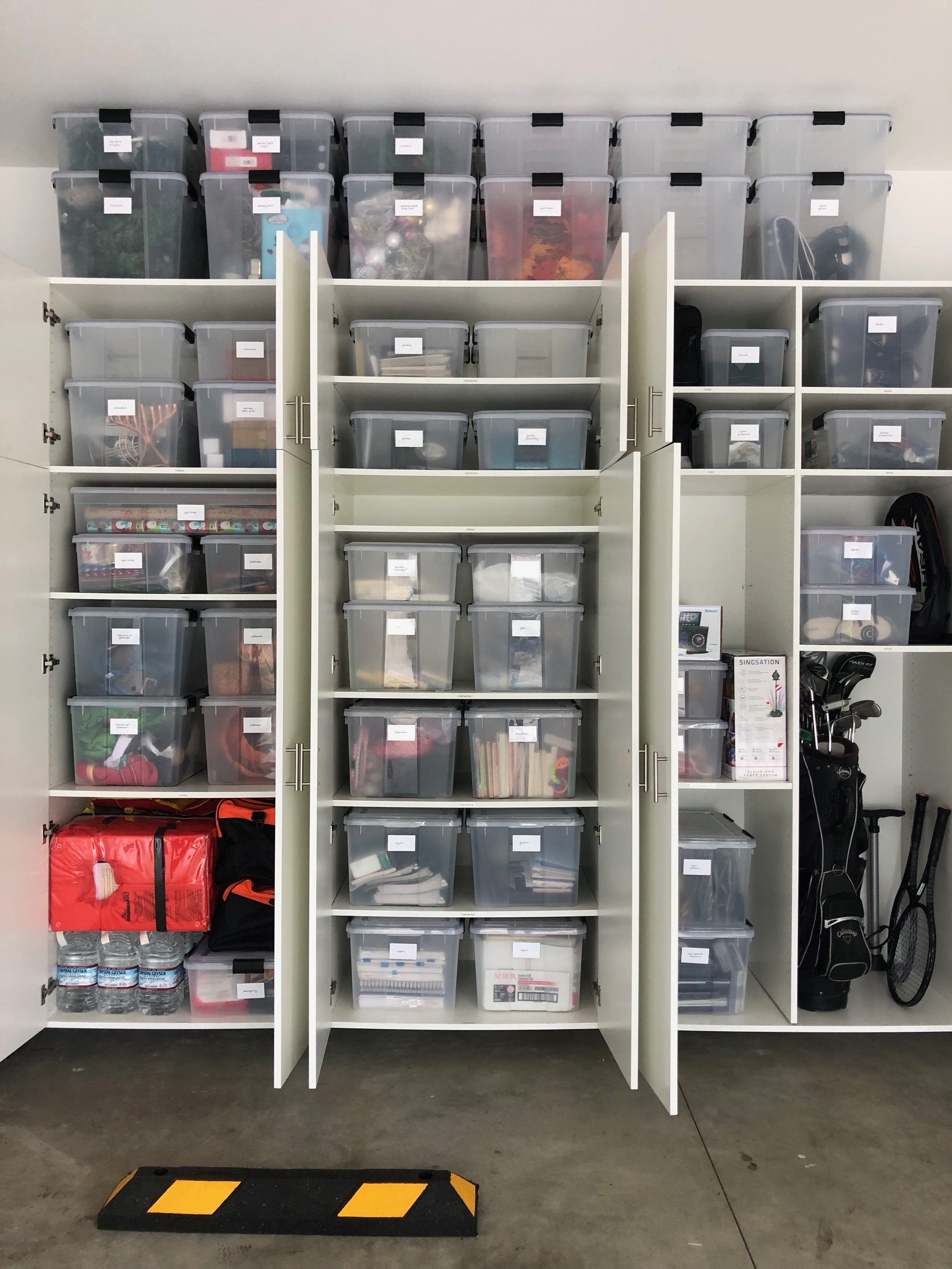6 Home Organizing Myths Explained
In recent years, home organizing has been gaining in popularity. From Marie Kondo’s bestselling books, including The Life-Changing Magic of Tidying Up: The Japanese Art of Decluttering and Organizing, to the popular Netflix series Get Organized with The Home Edit (featuring celebratory house revamps) - organizing is basically mainstream now.
This boost in the zeitgeist comes with a lot of content: high-traffic Instagram accounts featuring beautifully crafted spaces, Khloé Kardashian flaunting her super organized pantry on T.V., stores like The Container Store becoming a household name, and a whole slew of useful tips and tricks on the internet. With so much information floating around, it can be hard to differentiate between the tactics that would be applicable to your own organizing project and the info that is just plain misleading.
We are here to take a look at some of the most circulated organizing misconceptions and set the record straight. In this post, we will explore 6 home organization myths to help you figure out exactly what you should and shouldn’t focus on with your own home organizing journey.
#1 The first step of organizing is to organize
Okay, hear me out. I know this seems like the most logical place to start, to just dive right in! Here’s the thing though, no one can be truly organized if they have TOO MUCH stuff. This tends to be a common problem, especially in consumerist societies. Little things start to pile up over time, especially if you have kids, and you may not notice them all that much, as clutter just blends together. Once you really start to parse through your belongings, you may find that there is a lot that you can and probably should get rid of.
The first step to organizing is actually to declutter. That means picking an area and sorting through all the items within that area. Get rid of trash/recycle (you’d be surprised how much you may find), and figure out which items you can donate. Once you are done decluttering an area, then you can start to organize it. It will be a much smoother organizing process, and you’ll be able to focus on all the things that are useful to you after you weed out the rejects.
# 2 Organizing has to be expensive
One of the most common misconceptions out there is that organizing has to be expensive. Here’s the thing, organizing CAN be expensive…but it doesn’t HAVE TO be! It all depends on how you go about it. Will you be undertaking the project on your own or hiring a company? Will you be buying new and matching product, or will you be reusing what you already have?
These little decisions will have a huge impact on your budget. The truth is you can organize on your own with no cost whatsoever. Take a look around your home and use some creativity to find things you can repurpose or upcycle. Have an old iPhone box? Flip it over and use it as a drawer organizer. Do you buy glass jars of pasta sauce, nut butters or any of the like? Save and clean these jars once they are empty and you can use them to decant food in your pantry such as nuts or rice or perhaps even in a craft area.
#3 I should find the perfect organizing solution(s)
before starting a project
Coming face to face with a disorganized space in your home can be daunting. It’s natural to experience procrastination, and even to fuel this problem with a misguided idea, such as the need to find the perfect organizing solution before tackling this chore. It may seem like a good idea to order an array of special organizing tools or products before diving into a space, but often this can create double work. It’s likely that once you actually sort through the contents of a space, empty it out, and declutter, the solution that you need may be completely different from what you were envisioning.
Rather than avoiding a space that needs your attention, spend a few hours sorting through its contents and you’ll be happy that you did. Once you are left with only the items that you need and love, and they are categorized, you can see the full picture and move onto finding the organizing solution that best fits your needs.
#4 Organizing is too time consuming
This myth is also rooted in your plan of attack. Of course, if you decide to empty out every cabinet, drawer and closet in your entire house at once, it will be very time consuming for you to organize and put everything back together.
Instead, you can focus on one small area at a time. First, decide how much time you have in a designated window and then match that timeframe to an area of your house. For example, if you only have 30 minutes to an hour to organize, you can focus on a junk drawer or a messy bathroom drawer. If you have several hours to work with, consider an entryway closet or a few kitchen cabinets.
When you move through your house one small space at a time, you will be pleasantly surprised to look back after a few weeks and see how much progress you’ve made. In the end, you will likely gain all of this time back! With an organized space, there is a home for everything, and you should always know where to find what you’re looking for. Once you’ve sorted through your kids’ toys, grouped like items in your pantry or color coded your clothes, you won’t have to waste minutes every day searching for misplaced items.
#5 If you haven’t used it recently, get rid of it
We are all about decluttering, and in many ways, this tip can be a helpful guideline when deciding what to purge and what to keep. However, not everyone is a hardcore minimalist and there are many common reasons to keep items that aren’t getting used on a regular basis. Think about seasonal and holiday items (like that turkey roasting pan that gets used once a year on Thanksgiving) or sentimental items that are special to you but not necessarily “useful”. Instead of feeling pressured to get rid of these types of items, think instead of the best way to store them. Seasonal items should be stored in areas of your home that aren’t as readily accessible, such as that barely reachable cabinet way above your fridge or in a weather tight bin in the garage. For sentimental items, it’s helpful to create a memory box for yourself. This way, you have a place to corral your special things and they don’t end up cluttering your space.
#6 You must be naturally organized or a
Type A person to succeed at organizing
This myth is just downright demotivating and simply not true. While being a naturally organized person can certainly make the process feel more like second nature and perhaps a bit faster, anyone can create an organized home with some dedicated work and the right mindset. Ironically, it’s often those who find that it comes less naturally to them who would benefit most from living in an organized space.
At the end of the day, being organized isn’t about making things look pretty, matching containers and drawer dividers, or even super micro sorted categories. It is about systems – systems that work for the person or people who will be working to maintain them every day. So, if you aren’t naturally organized, make sure to create systems that aren’t too fussy and don’t require the highest level of maintenance. For example, when organizing your pantry, don’t decant all of your nuts into glass jars that will require a lot of upkeep and refilling. For a highly organized individual, this may feel lovely and work wonders, but it does take a lot of maintenance. Instead, throw all of your bagged nuts into ONE bin or basket and label “nuts”. Then, all you have to do to maintain this system is to make sure the nuts get back into the basket and you’re good to go.






